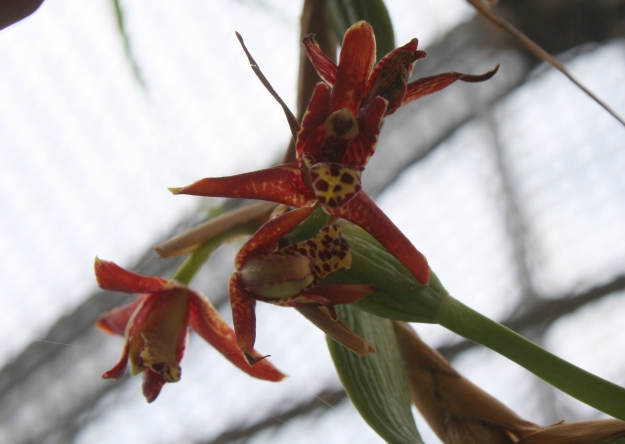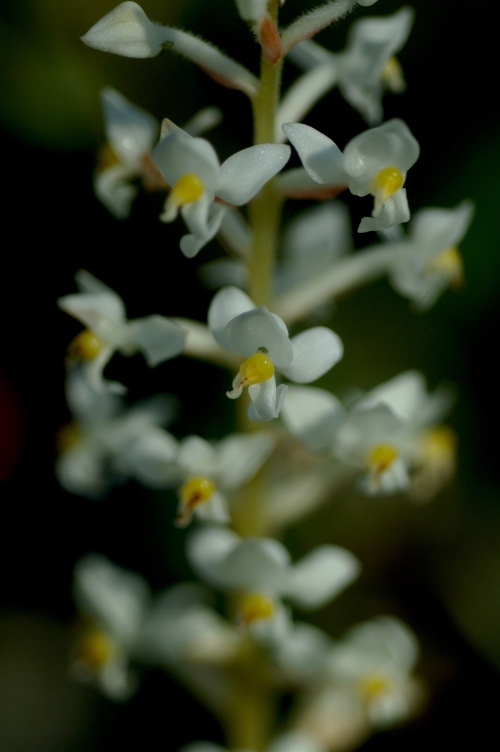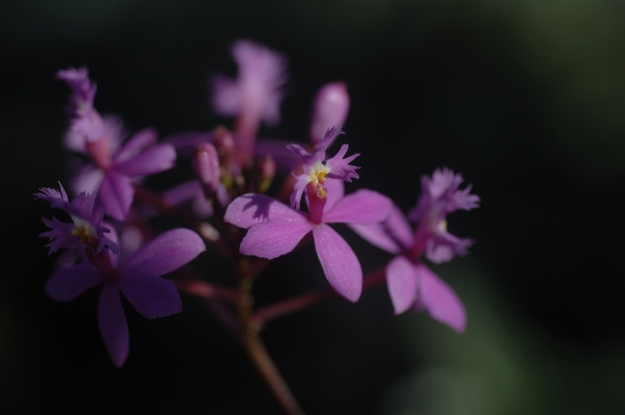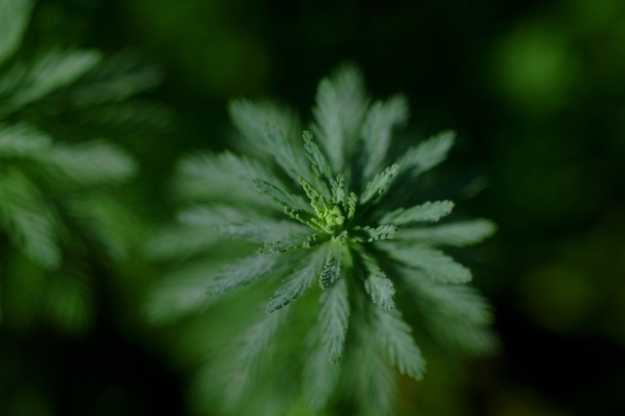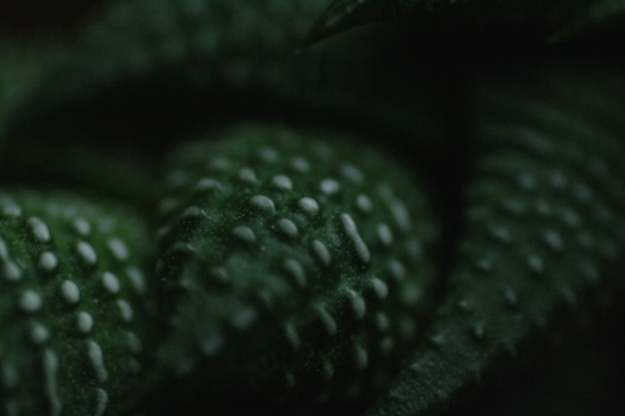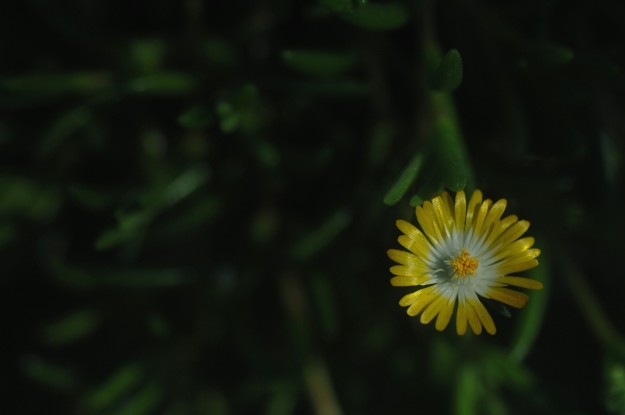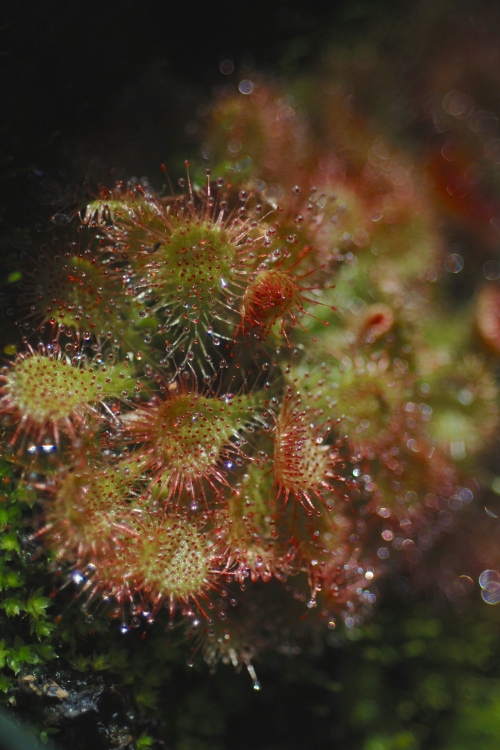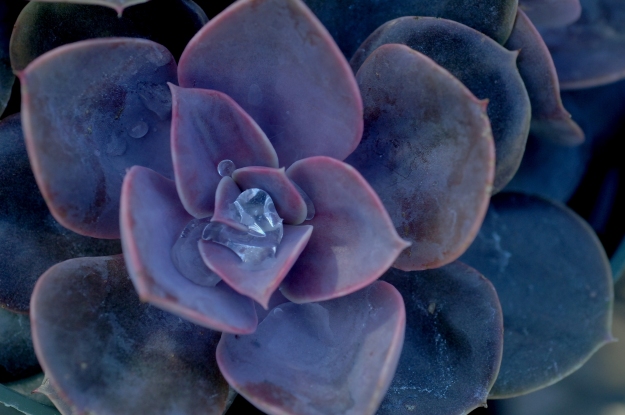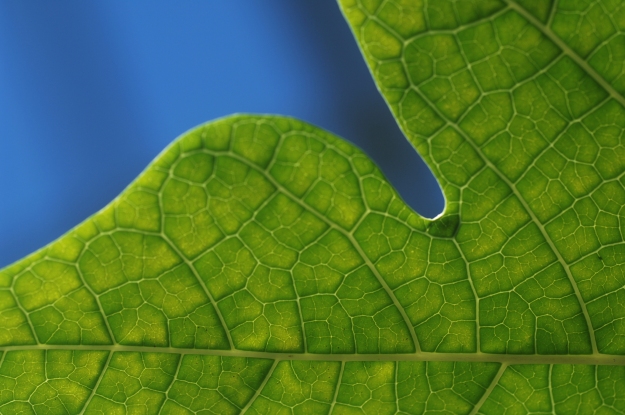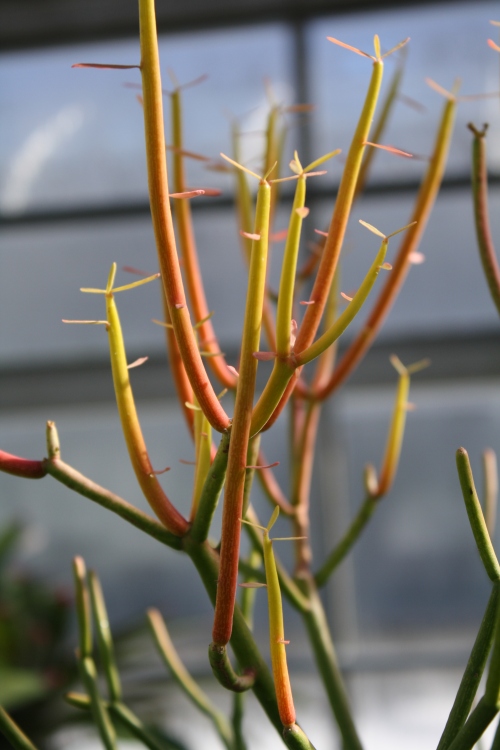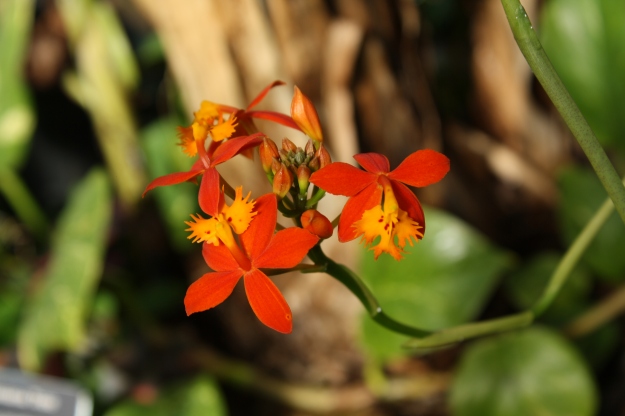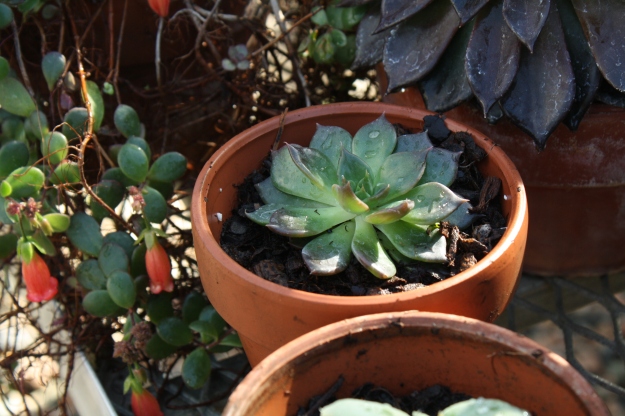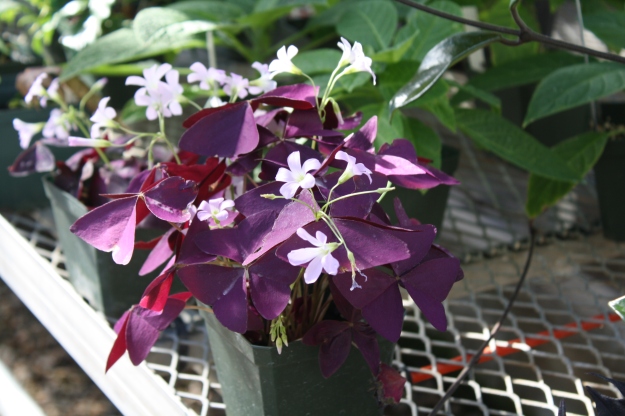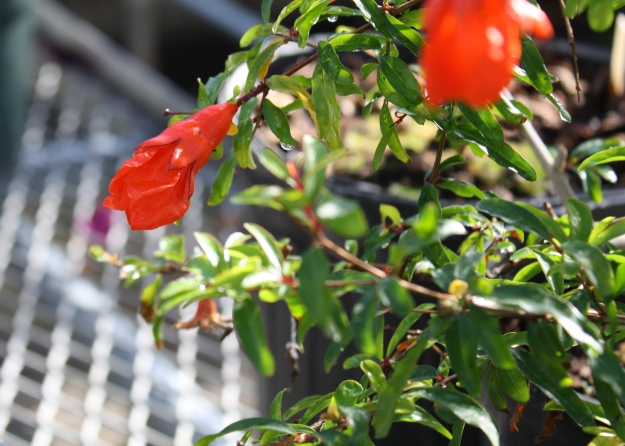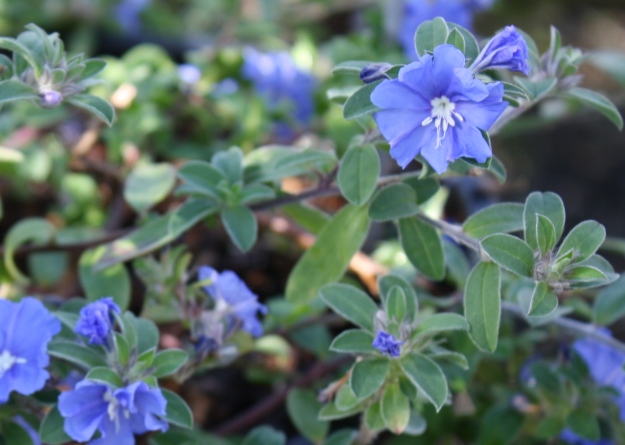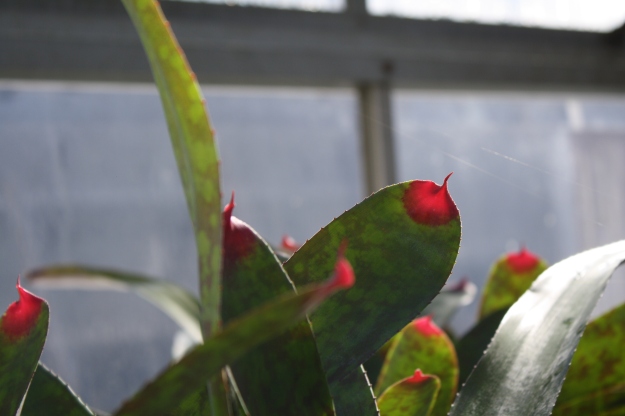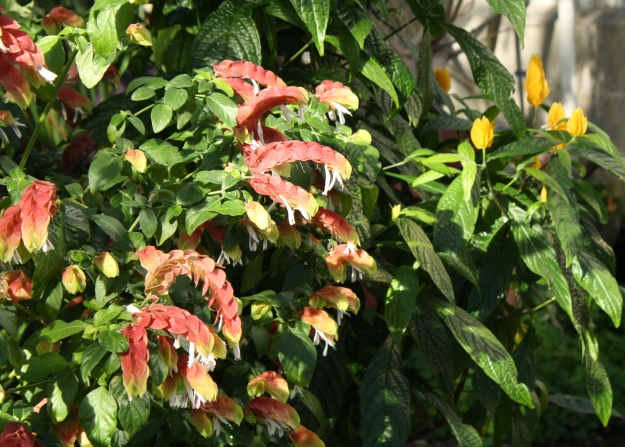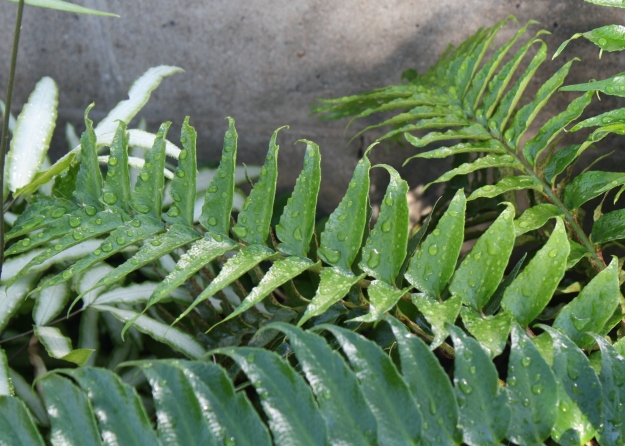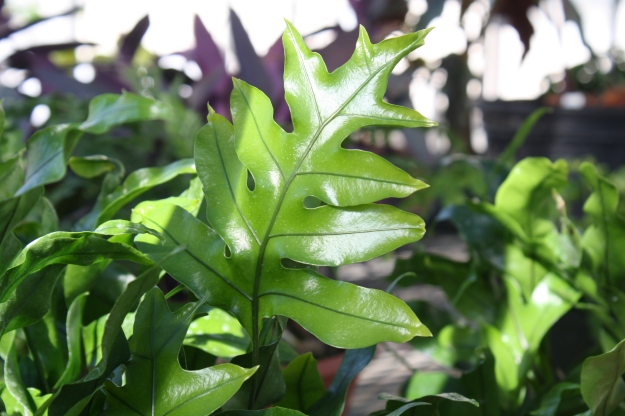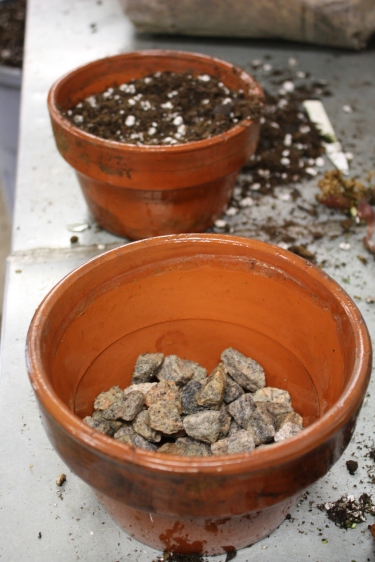 Phalaenopsis is a genus of Orchids containing about 60 species. They are one of the most popular orchid types grown for the horticultural trade and collected by hobby orchid growers. The name Phalaenopsis is thought to be a reference to the genus Phalaena, a group of large moths– the flowers of some species supposedly resemble moths in flight. They are native throughout tropical southeast Asia.
Phalaenopsis is a genus of Orchids containing about 60 species. They are one of the most popular orchid types grown for the horticultural trade and collected by hobby orchid growers. The name Phalaenopsis is thought to be a reference to the genus Phalaena, a group of large moths– the flowers of some species supposedly resemble moths in flight. They are native throughout tropical southeast Asia.
 The native habitat of many Phalaenopsis orchids is below the canopy of moist and humid lowland forests. Because they are naturally found in areas out of direct sunlight, they are adaptable to home environments and one of the easier orchids to grow, with a little care. Phalaenopsis will thrive in a east window, or a shaded southerly or westerly exposure. They also will do well under grow lights. They do not require or like direct sunlight! They were among the first tropical orchids collected in the Victorian era, when glass conservatories and tropical house plants became popular.
The native habitat of many Phalaenopsis orchids is below the canopy of moist and humid lowland forests. Because they are naturally found in areas out of direct sunlight, they are adaptable to home environments and one of the easier orchids to grow, with a little care. Phalaenopsis will thrive in a east window, or a shaded southerly or westerly exposure. They also will do well under grow lights. They do not require or like direct sunlight! They were among the first tropical orchids collected in the Victorian era, when glass conservatories and tropical house plants became popular.
 Phalaenopsis can be grown in most orchid potting media, including sphagnum moss, chunks of pine bark, clay aggregate pellets, charcoal, or perlite.They can also be grown in hanging baskets or mounted on slabs in a greenhouse-type environment. As with all epiphytic orchids, they should be planted in free-draining containers. Try to keep the potting media slightly damp. During the growing season, water the plant when nearly dry, but not completely dry. This could be as often as every 2-3 days in the heat of summer and as little as every ten days during the winter, when days are shorter and light is even lower.
Phalaenopsis can be grown in most orchid potting media, including sphagnum moss, chunks of pine bark, clay aggregate pellets, charcoal, or perlite.They can also be grown in hanging baskets or mounted on slabs in a greenhouse-type environment. As with all epiphytic orchids, they should be planted in free-draining containers. Try to keep the potting media slightly damp. During the growing season, water the plant when nearly dry, but not completely dry. This could be as often as every 2-3 days in the heat of summer and as little as every ten days during the winter, when days are shorter and light is even lower.
Being tropical, Phalaenopsis like temperatures between about 75 and 85 degrees, but they can adapt to a normal house temperature of 65 to 70 degrees. Flower initiation is controlled by daytime temperatures declining below 80 °F, although temperatures exceeding 84 °F will inhibit flowering.The higher the temperature, the greater the plant’s need for humidity. Setting the pots on trays of pebbles filled with water can be helpful in increasing the humidity around the plant.
 The flowers come in a range of colors, especially given that there are thousands of artificial hybrids available in addition to the naturally occurring species. There are pure white “Moon” orchids, striped ones in orange and red, speckled ones, and many shades of pink, lavender, yellow, and even green. In the Northern Hemisphere, Phalaenopsis usually bloom in winter and early spring, and the flowers can last for weeks (but fumes from cigarettes, cars, even gas stoves can cause buds and blossoms to drop prematurely). http://www.Phals.net/Species.html has great, labeled pictures of the incredible variety of Phalaenopsis species.
The flowers come in a range of colors, especially given that there are thousands of artificial hybrids available in addition to the naturally occurring species. There are pure white “Moon” orchids, striped ones in orange and red, speckled ones, and many shades of pink, lavender, yellow, and even green. In the Northern Hemisphere, Phalaenopsis usually bloom in winter and early spring, and the flowers can last for weeks (but fumes from cigarettes, cars, even gas stoves can cause buds and blossoms to drop prematurely). http://www.Phals.net/Species.html has great, labeled pictures of the incredible variety of Phalaenopsis species.

I found a “Fascinating Fact” in the Wikipedia article titled “Phalaenopsis”:
Phalaenopsis are not only outstanding in their beauty, but also unique in that in some species, the flowers turn into green leaves after pollination. As in many other plants, the petals of the orchid flowers serve to attract pollinating insects and protect essential organs. Following pollination, petals will usually undergo senescense (i.e. wilt and disintegrate) because it is metabolically expensive to maintain them. In many Phalaenopsis species such as P.violacea, the petals and sepals find new uses following pollination and thus escape programmed cell death. By producing chloroplasts, they turn green, become fleshy and apparently start to photosynthesize, just like leaves.
Very efficient!

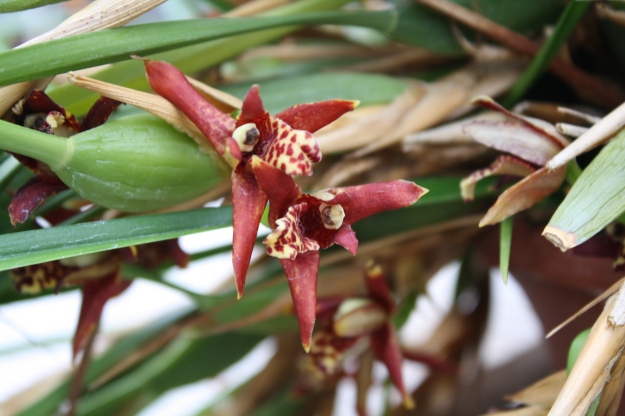 Maxillaria tenuifolia, also known as the Coconut Orchid. It has a strong fragrance (especially when it first opens) which smells like just like coconut suntan lotion. This species of orchid was discovered near Veracruz, Mexico by Karl Theodore Hartweg, a German botanist who collected plants throughout Mexico, Central America, and California, in the 1830s and 40s. It grows at low elevations from Mexico to Central America.
Maxillaria tenuifolia, also known as the Coconut Orchid. It has a strong fragrance (especially when it first opens) which smells like just like coconut suntan lotion. This species of orchid was discovered near Veracruz, Mexico by Karl Theodore Hartweg, a German botanist who collected plants throughout Mexico, Central America, and California, in the 1830s and 40s. It grows at low elevations from Mexico to Central America.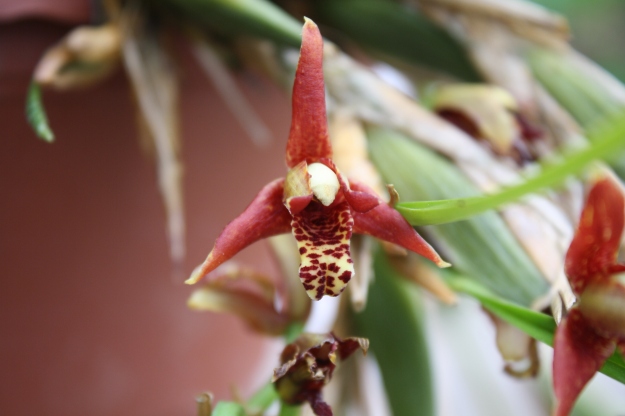 Orchids in the genus Maxillaria are not difficult to grow. The hard part is believing that they can get by with so little water! They like humidity but not wet soil. Because they are epiphytes, they can be grown mounted on bark or branches, or in coarse, well draining substrates such as pine bark or small stones, mixed with a little bit of potting soil. Bright indirect light is best. Maxillaria tenuifolia is propagated by the division of the pseudobulbs which you can see at the base of the leaves, growing from the creeping rhizome. The overall plant appears a bit straggly but looks nice in a hanging basket.
Orchids in the genus Maxillaria are not difficult to grow. The hard part is believing that they can get by with so little water! They like humidity but not wet soil. Because they are epiphytes, they can be grown mounted on bark or branches, or in coarse, well draining substrates such as pine bark or small stones, mixed with a little bit of potting soil. Bright indirect light is best. Maxillaria tenuifolia is propagated by the division of the pseudobulbs which you can see at the base of the leaves, growing from the creeping rhizome. The overall plant appears a bit straggly but looks nice in a hanging basket.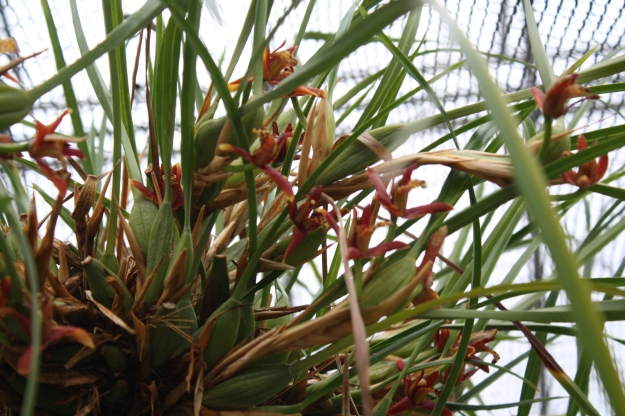 Coconut Orchid has long strappy grasslike leaves, and the flowers are hidden in among the foliage. They are dark red to rust-colored, with a speckled lip. They are only about an inch and a half in diameter, but the fragrance is wonderful and delicious.
Coconut Orchid has long strappy grasslike leaves, and the flowers are hidden in among the foliage. They are dark red to rust-colored, with a speckled lip. They are only about an inch and a half in diameter, but the fragrance is wonderful and delicious.
